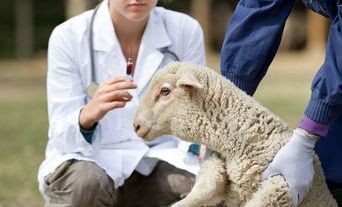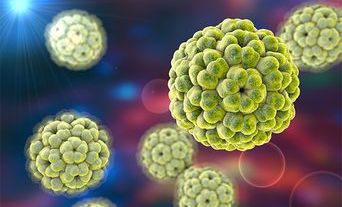Report on the 15th International Congress on Paediatric Laboratory Medicine 2021
The latest International Congress on Paediatric Laboratory Medicine was held as a virtual event in November 2021. It focused on emerging technologies for testing in children.
The 15th International Congress on Paediatric Laboratory Medicine included presentations and posters from a range of global contributors. The UK was represented by contributions from Tim Lang, who was chair of the Congress, Rachel Carling (Guy's and St Thomas’ Hospital, London) who gave a presentation on machine learning for the automated interpretation of amino acid profiles, and paediatrician Ruud Nijman (Imperial College, London) who spoke on the impact of COVID-19 on children. Most of the presentations were from Germany and other European countries. Other speakers were from Canada, South Africa, China and Chile.
Developments in paediatrics
The aspects of COVID-19 that have a particular impact in childhood were described at the Congress, including the rare multisystem inflammatory syndrome and the recognition of long-term disease. Severe coronavirus disease in children is infrequent and only an estimated 0.3–1.3% of children with SARS-CoV-2 infection were admitted to hospital, and, of these, 13–23% needed critical care.
Next-generation genome sequencing is being used to screen for some inherited disorders and to investigate the gut microbiome in neonates.
Mass spectrometry is increasingly becoming used for newborn screening and steroid profiling. Important emerging technologies in the area of mass spectrometry include instruments with higher sensitivity that allow very high number of biomarkers to be detected at the same time or the detection of molecules with very high molecular mass (e.g. proteins)
Next-generation genome sequencing is being used to screen for some inherited disorders and to investigate the gut microbiome in neonates.

The next-generation sequencing approach with the amplicon-based panel has been validated for analytical performance and is suitable for second-tier newborn screening for inborn errors of metabolism.
Data mining (the statistical analysis of historic laboratory data) is being used to generate laboratory reference values. The extensive number of available test results from laboratory information systems and advanced statistical methods enable the creation of pediatric reference intervals with an unprecedented age-related accuracy for children of all ages.
There were also 28 posters presented during the event, mainly focusing on the biochemical aspects of laboratory medicine. The poster presentations were from across the world and topics included the use of mass spectrometry, biomarkers in COVID-19 infections, data mining for obtaining reference ranges and studies on inborn errors of metabolism.
For more on the Congress
You can still register to have access to the platform that allows you to watch all sessions on demand and you can download a special issue of the Journal of Laboratory Medicine (volume 45, issue 6), which contains papers of the symposia and poster abstracts.
This virtual conference has allowed all those involved in paediatric laboratory specialties to become aware of the latest developments, even though they regrettably missed out on the usual networking opportunities.




